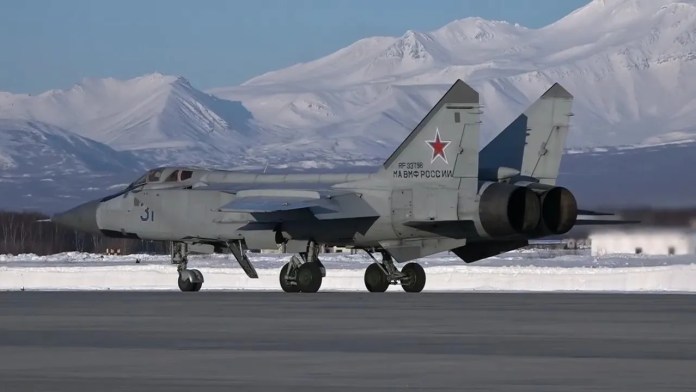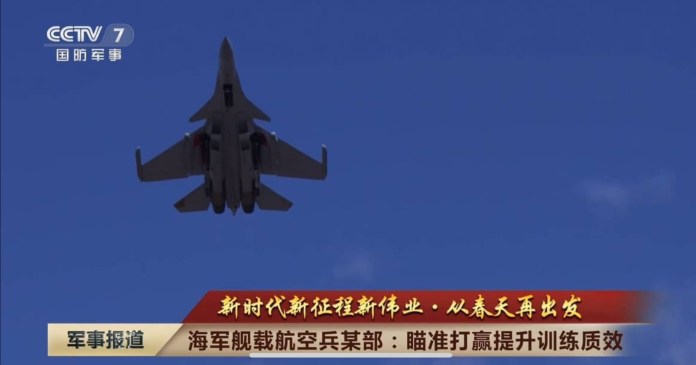The U.S. Navy is gearing up for a significant hypersonic weapon test in the coming spring, a crucial step in a joint development initiative with the U.S. Army, as disclosed by Lt. Gen. Robert Rasch, director of the Army’s Rapid Capabilities and Critical Technologies Office.
This impending test involves the evaluation of the Common-Hypersonic Glide Body (C-HGB) by the Navy, followed by an Army test scheduled for summer, focusing on ground-based launchers. Hypersonic weapons, capable of surpassing Mach 5 and maneuvering across various altitudes, pose challenges in detection due to their high speeds.
The upcoming Navy test primarily assesses missile performance, conducted using a test stand devoid of ground support equipment, providing insights into the missile's behavior during different stages of flight. Success in these tests will inform further decisions regarding the development of tactical rounds.
Both the Army and Navy have been diligently working on hypersonic weapon projects, with the Army collaborating with Leidos’ Dynetics to build the industrial base for the hypersonic weapon glide body. Additionally, Lockheed Martin is overseeing the weapon system integration for the Army’s mobile truck-launched capability.
Despite encountering setbacks, such as test delays and technical challenges, both services remain committed to advancing hypersonic capabilities swiftly. The Army has delivered initial hypersonic weapon capabilities to designated units, albeit without the all-up rounds, marking significant progress in the program's development.
Reflecting on the challenges faced, including aborted tests and program delays, Lt. Gen. Rasch emphasized the importance of rigorous developmental testing to ensure program success. Despite the hurdles, the speed of progress in the joint Navy-Army initiative is notable, considering the complexities involved in developing and fielding hypersonic weapons.
:quality(70)/cloudfront-us-east-1.images.arcpublishing.com/archetype/YMS7NAMDSJEWRPMJAMDG7MTMHA.jpg)


